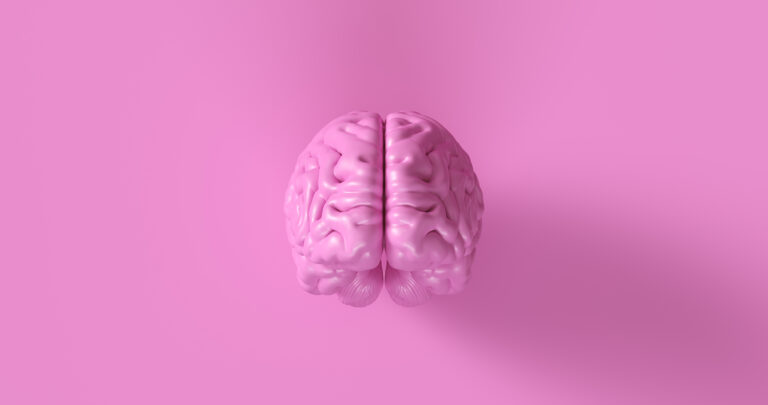Working memory processing disorder, also known as working memory deficit, is a neurological condition that affects an individual’s ability to retain and manipulate information in their mind for a short period of time. This disorder is often seen in children and adults with learning disabilities such as dyslexia, ADHD, and dyscalculia, but it can also occur on its own.
To understand this disorder better, let us first delve into what working memory is and how it plays a crucial role in our everyday lives. Working memory is a cognitive function that allows us to temporarily store and manipulate information in our mind while we complete a task. For instance, when you are following a set of instructions, your working memory helps you retain the steps while you perform them. It also allows us to hold on to important information while we are mentally processing it, such as remembering a phone number while dialing it.
Now, imagine if your working memory was not functioning properly. It would make simple tasks like following instructions or remembering a phone number extremely challenging and frustrating. This is what individuals with working memory processing disorder experience on a daily basis.
The exact cause of this disorder is still unknown, but research suggests that it may be linked to differences in brain structure or functioning. Some studies have also found a genetic link, indicating that this disorder may run in families.
Individuals with working memory processing disorder may show symptoms such as forgetfulness, difficulty following multi-step instructions, struggling with organization and planning, and having trouble focusing and staying on task. These symptoms can significantly impact one’s academic and professional performance, leading to feelings of frustration, low self-esteem, and anxiety.
Diagnosing this disorder can be challenging as it shares similar symptoms with other learning disabilities. A thorough evaluation by a qualified professional, such as a psychologist or neuropsychologist, is necessary to rule out other conditions and accurately diagnose working memory processing disorder.
Once diagnosed, there are various strategies and accommodations that can help individuals with this disorder manage their symptoms and improve their daily functioning. These may include breaking down complex tasks into smaller, more manageable steps, using visual aids and reminders, and incorporating frequent breaks to prevent mental fatigue. In a school or work setting, accommodations such as extended time for assignments and tests or the use of assistive technology can also be beneficial.
It is important to note that working memory processing disorder is not a measure of one’s intelligence or ability to learn. With proper support and accommodations, individuals with this disorder can excel in their academic and professional endeavors, just like anyone else.
In addition to accommodations, there are also interventions and exercises that can be used to improve working memory function. Some studies have shown that brain training activities, such as memory games and puzzles, can help strengthen working memory skills. Additionally, engaging in regular physical exercise and maintaining a healthy diet have also been linked to improved cognitive function, including working memory.
Living with working memory processing disorder may come with its challenges, but it is important to know that support and resources are available. Seeking professional help and making necessary accommodations can go a long way in managing this disorder and helping individuals reach their full potential.
In conclusion, working memory processing disorder is a condition that affects an individual’s ability to retain and manipulate information in their mind for a short period of time. It can be diagnosed through a comprehensive evaluation and managed through accommodations and interventions. With proper support and understanding, individuals with this disorder can thrive and achieve their goals just like anyone else.





